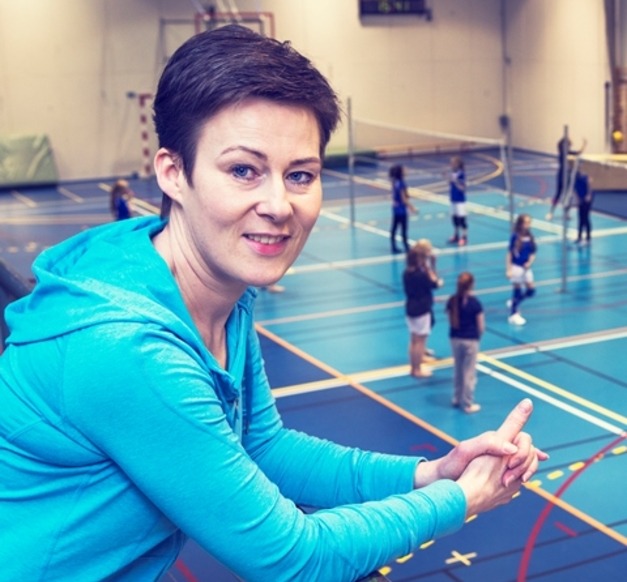“In my work as a physical therapist I have seen the possible consequences of sports injuries and how they can impair quality of life,” says Margrét H. Indriaðdóttir, MS student at the Faculty of Sports, Leisure studies and Social Education. The subject of the MS thesis are sports injuries among Icelandic youths.
Her project is part of an extensive study at the Faculty of Sports, Leisure studies and Social Education. The study covers the health and lifestyle of 17 and 23 year old people. “I focus on the dropout rate of young people in organized sports activities due to sports injuries, the frequency of injuries in the last 12 months and their possible connections to gender. I also look at how often the sport is practised and physiological variables such as stamina, fat percentage, body weight ratio and fat-free soft tissue mass, which can be used as criteria for the body’s muscle mass,” explains Indriðadóttir and adds: “I found it amazing to get the opportunity to work with an interdisciplinary research team with this number of participants and to be able to contribute to this issue.”
Indriðadóttir has three children who all have practised sports. “I have therefore watched work with children and teenager from the side lines for years and seen the tremendous benefits. However, sports injuries are a negative and harmful part of spots and it needs to be a priority to minimise them,” she says.
Participants were 450 in total. “Preliminary results show that the drop-out ratio among children and teenagers in sports due to sports injuries is 8,4%, but in this group 440 youths had at some point or other participated in organised sports activities. Of the 170 that were still practising sports 56% had sought assistance from a health professional, once or more often, in the last 12 months,” says Indriðadóttir.
She hopes that her results will lead to both discussions and action. “With the increasing participation of children and teenagers in sports and increased pressure in both training and competitions, sports injuries are becoming more frequent than before and foreign research strongly indicates that such injuries and their consequences can be seen as a public health problem,” says Indriðadóttir.
Supervisor: Erlingur S. Jóhannsson, Professor at the Faculty of Sports, Leisure studies and Social Education.



